Mitigating the Drone Threat

A 2017 McKinsey & Company study shows the American drone industry grew from $40 million in 2012 to just over $1 billion by 2017. By 2026, the study forecasts, drones (aka Unmanned Aerial Systems) could inject more than $45 billion in the Gross Domestic Product.
With commercial applications spanning a wide array of industries – agriculture, mining, construction and energy – drones are launching a massive paradigm shift in how the world does business.
Exponential growth is not just limited to the corporate world. A report by the Freedonia Group predicts spending will leap from $100 million to $250 million by 2025 with federal spending alone accounting for $170 million in new UAV tech purchases.
American government spending on drones is expected to more than double in eight years, according to a report by the Freedonia Group. The study predicts spending will leap from $100 million to $250 million by 2025 with federal spending alone accounting for $170 million in new UAV tech purchases. The state and local government market for drones is expected to quadruple to $40 million in 2020.
As with any emerging tech trend, there is a dark side. Criminals, terrorists and careless drone pilots pose a sinister, airborne threat to public facilities, crowded events and key military or police operations. In the Middle East, ISIS reportedly uses drones in limited military engagements while in other countries, rogue drones have threatened the safety of manned flights and have been used to deliver drugs to dealers and into prisons. In response to these new dangers, the counter UAS (or drone mitigation) market has grown almost as nimbly as the drone industry to provide drone-busting tech.
A recent report notes more than 230 counter UAS (c-UAS) products produced by 155 manufacturers are now on the market. “The expansion of the sector in the roughly five years since counter-drone systems first appeared on the market has been stratospheric,” the report notes.
“In a market survey conducted in 2015, researchers at the Sandia National Laboratories identified just 10 dedicated counter-drone systems available for acquisition. Today, less than three years later, we have tallied over 200 systems on the market.”
A 2016 study predicts the C-UAS market will to grow to a billion-dollar industry within six years with predicted compound annual growth rate of 23.89 percent across 2018-22.
In the past, law enforcement and security agencies have been somewhat hamstrung in their efforts to neutralize rogue drones with no clear legal mandate. Now, the U.S. government is catching up. The Preventing Emerging Threats Act of 2018 – a part of the FAA’s annual reauthorization omnibus bill – authorizes the Homeland Security and the Department of Justice to deploy a variety of counter UAS solutions to neutralize any drone that threatens the safety or security of key assets and facilities. The bill allows the agencies to directly down UAVs from the sky, take control of them, intercept communications and seize the aircraft.
In fact, the Defense Department intends to spend an additional $1.5 billion in 2019 to test and create new and better C-UAS systems.
Solutions include radar-based solutions for UAV detection, UAS that can track and neutralize rogue drones (“drones downing drones”) and high-power microwave (HPM) weapons, which can “fry” a drone’s electronics.
Due to the complexities – both technological and legal – events such as the 2019 Counter UAS by IDGA will provide key players in government, academia and industry with new tools to better understand new C-UAS legislation and emerging trends.
The event will be held on March 12-14, in Washington, D.C. and registration is now open.
All active federal employees, to include military personnel, will be granted free admission to the event



